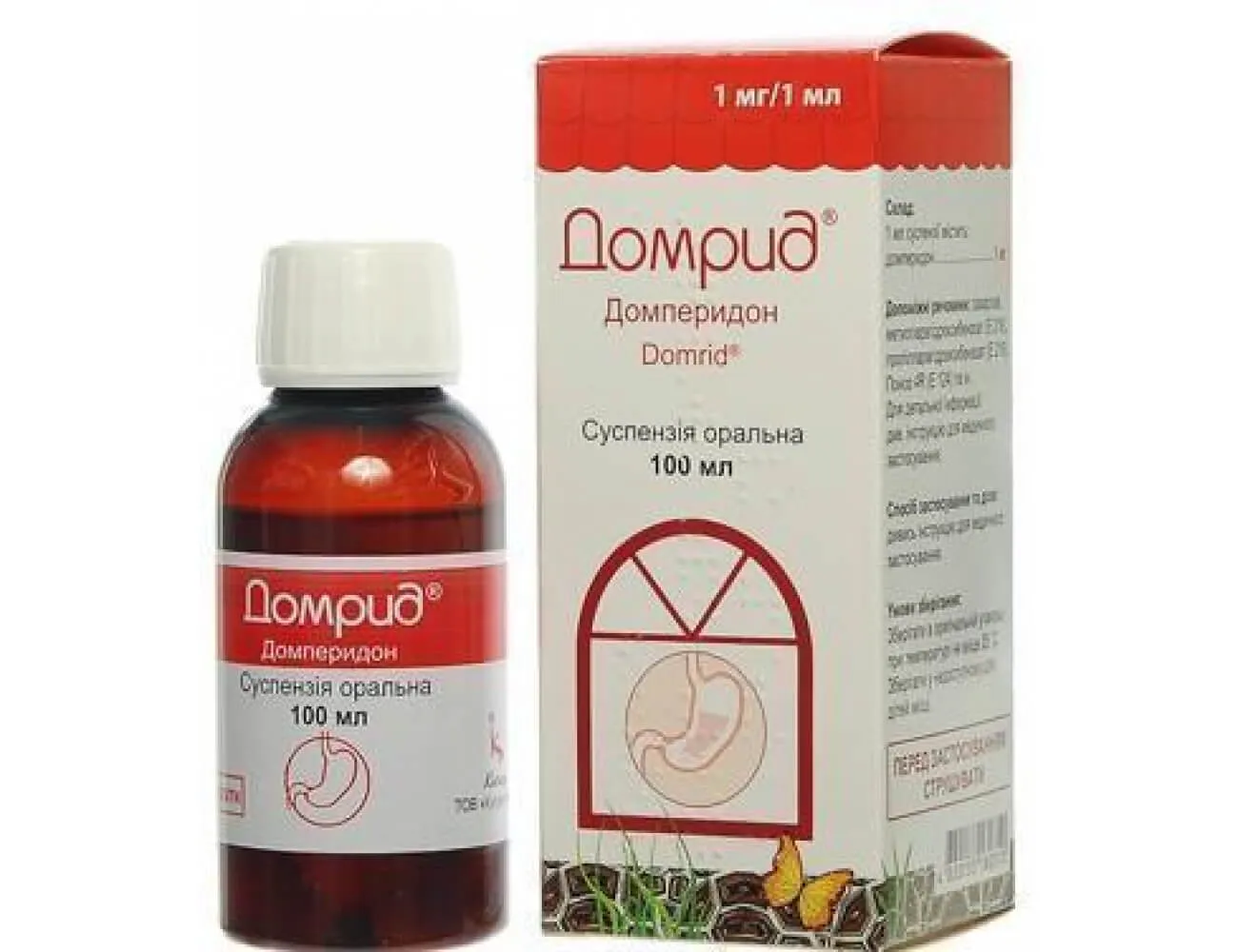Description
Domrid (Domperidone Maleate) Oral Suspension 1 mg/ml. 100 ml Vial
Ingredients:
Each ml contains 1 mg of domperidone maleate as the active ingredient.
Mechanism of Action:
Domperidone works by blocking dopamine receptors in the brain and gut. This action helps to increase the movement of the stomach and intestines, reducing nausea and vomiting.
Pharmacological Properties:
Domperidone maleate acts as a dopamine antagonist, exerting prokinetic effects on the gastrointestinal tract. It enhances gastrointestinal motility and accelerates gastric emptying.
Indications for Use:
Domrid Oral Suspension is indicated for the relief of symptoms of nausea and vomiting.
Contraindications:
Do not use Domrid Oral Suspension if you have a known hypersensitivity to domperidone or any of the excipients. Patients with a history of cardiac arrhythmias or other cardiac conditions should also avoid using this medication.
Side Effects:
Common side effects of Domrid may include headache, dizziness, dry mouth, and gastrointestinal disturbances. In rare cases, it can lead to serious cardiac arrhythmias.
Usage Instructions:
Shake the bottle well before use. Use the provided measuring cup for accurate dosage. Take the suspension orally before meals. The recommended dosage for adults is 10-20 ml (10-20 mg) taken 3-4 times a day.
Benefits Compared to Analogues:
Domrid offers rapid relief from symptoms of nausea and vomiting due to its quick onset of action and proven efficacy in managing gastrointestinal motility disorders.
Suitable Patient Groups:
Domrid is suitable for adults experiencing nausea and vomiting symptoms. However, caution should be exercised in patients with cardiac conditions. It is not recommended for use in children, pregnant women, or breastfeeding mothers without consulting a healthcare provider.
Storage and Shelf Life:
Store Domrid Oral Suspension at room temperature away from light and moisture. Do not freeze. Check the expiration date on the packaging and do not use the product if expired.
Packaging Description:
Domrid Oral Suspension is available in a 100 ml vial for easy administration. The packaging includes a measuring cup to ensure accurate dosage measurement.
Scientific Evidence:
Clinical trials have demonstrated the safety and efficacy of domperidone in treating symptoms of nausea and vomiting. The drug has a rapid onset of action, making it a valuable option for patients in need of quick relief from these symptoms.





